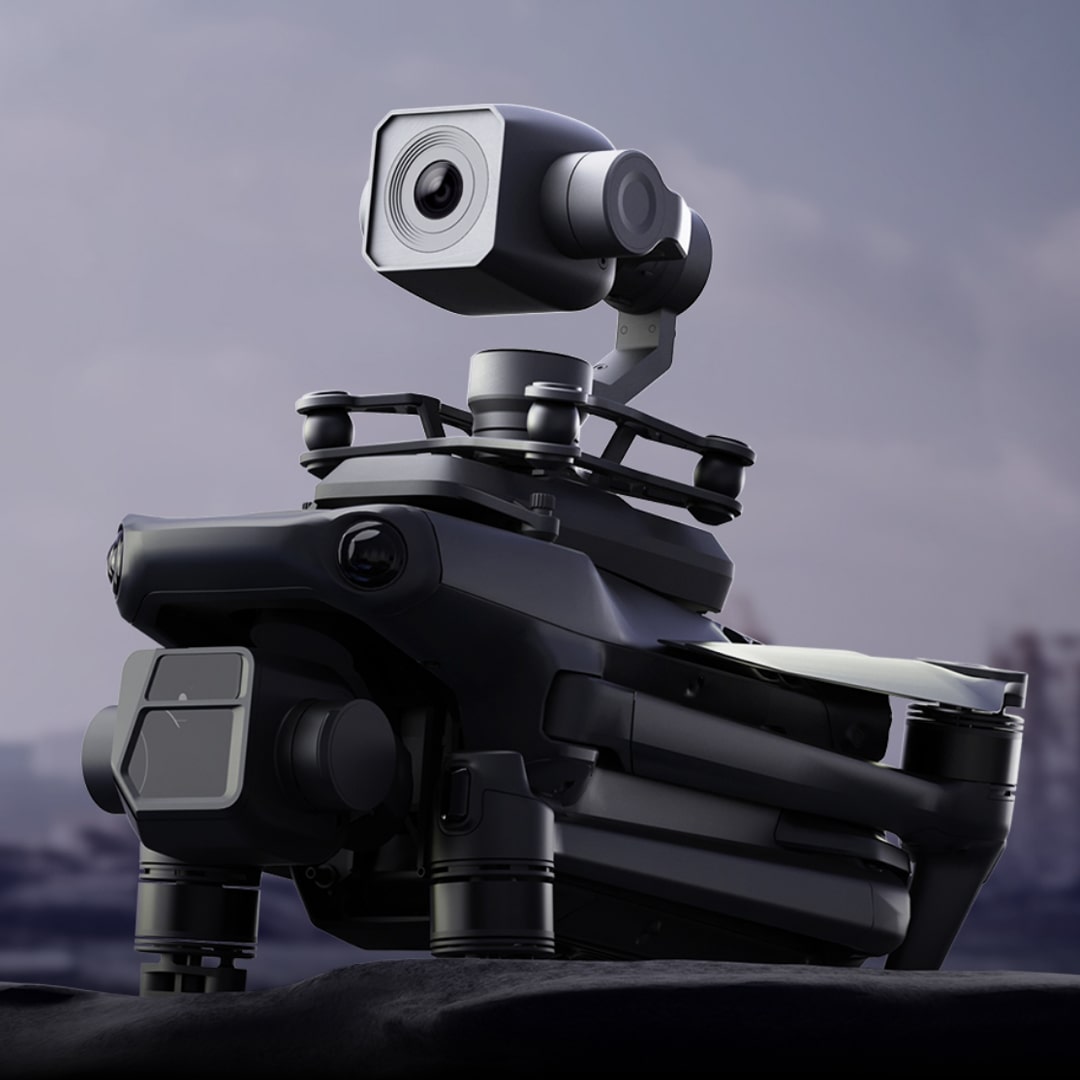Deepthink’s advanced imaging engine, designed to process complex lighting environments using artificial intelligence, has made its commercial debut through the launch of GAC’s Hyptec HL model. The company’s technology is now on track to be integrated into more than a dozen models under the GAC brand.
Founded in 2017, Deepthink has built its technical moat around an AI-powered image signal processing (ISP) system. This system allows standard light sensors to deliver full-color, high-definition, real-time imaging even in low-light conditions.
The company now operates across three product lines: drone payloads, handheld imaging devices, and imaging modules. Its first product reached the market in July 2022. Since then, Deepthink has reported over 200% year-on-year revenue growth for three consecutive years.
Previously, the company focused on night vision products tailored for industrial drones, including payload cameras, handheld devices, and scopes. But its entry into the automotive sector has emerged as its most significant growth opportunity. Deepthink is already collaborating with several of China’s leading carmakers.

“2025 will be the Cambrian explosion of smart driving. We’re going to see an eruption of vehicle-focused AI technologies,” said Zhang Qining, founder of Deepthink, in an interview with 36Kr. “Smart vehicles are poised to become the biggest platform for AI algorithms. The entry barrier is sky-high, but once you’re in, growth potential outpaces nearly every other field.”
Following the launch with GAC, Zhang said other automakers have reached out to explore partnerships.
He also emphasized that perception, decision-making, and control are the three core components of any intelligent system. With decision-making and control systems reaching maturity, perception has become the primary bottleneck. AI-powered imaging engines capable of operating in varied lighting conditions are expected to gain traction quickly. These engines will be tightly integrated with domain controllers and evolve alongside driving algorithms via real-time over-the-air updates.
“Autonomous driving systems may have reached Level 3, but the onboard cameras are still stuck at Level 1,” Zhang said. As the system’s “eyes,” vehicle cameras are still priced under RMB 200 (USD 28), and their performance lags far behind the human eye, particularly in low light or poor weather. This limitation makes smart driving systems vulnerable during nighttime operations.
Zhang noted that traditional ISP relies on hand-crafted rules, which often struggle in complex lighting scenarios. In contrast, the new generation of AI-based computational imaging mimics human visual neural networks and improves continuously through training to better support intelligent driving algorithms.
Although the entry barrier to the ISP field is relatively low, Zhang emphasized that executing it well is another matter entirely. Deepthink is currently the only company worldwide to achieve commercial, automotive-grade performance using an end-to-end neural AI imaging engine.
Technically, Zhang said the underlying neural architecture is still evolving, and current algorithms aren’t yet mature enough for chip-level integration. Prematurely locking in the technology could limit its future development.
“Thanks to the rapid growth of our automotive business, we expect to become the first AI imaging company to turn a profit in the ISP space this year,” Zhang said.
KrASIA Connection features translated and adapted content that was originally published by 36Kr. This article was written by Ou Xue for 36Kr.
